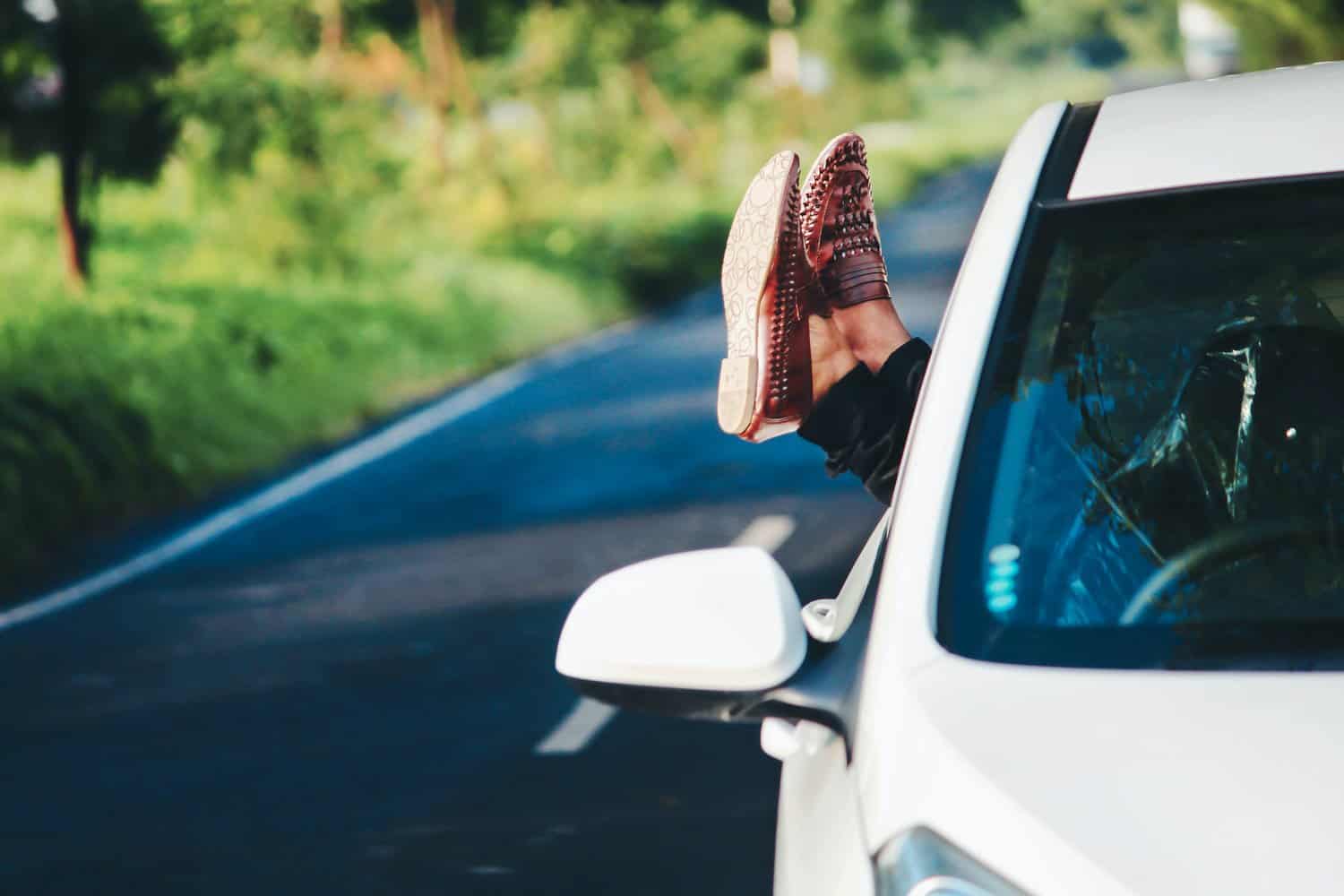On The Road: Safety Tips for Your Next Trip

When it comes to road trips, the journey takes first place, and the destination is secondary. Going on a trip with your loved ones is more than a vacation. It’s a chance to get together and create memories that will last a lifetime. You spend time together as a family, travel on a budget, and see a lot of the countryside, which abounds in rolling green hills, mediaeval villages, and farm-to-table pubs. The cold weather means fewer tourists in many popular destinations, such as The Northern Lights, Christmas Markets, and the Yorkshire Moors, to name but a few. Besides the stuff you want to bring for the trip, reserve some space in the boot for special gear.
As you begin narrowing down destinations and preparing for the fun, there’s something else you need to consider: safety. Take the right precautions before and during your trip so that you can prevent danger and regrettable incidents. These are the details that will make a difference in staying safe while on the road.
Have Your Vehicle Serviced
Before setting off on a journey, have your car checked, just in case. Ask a mechanic to change the oil, tune up the car, and check the battery and tire pressure. By completing essential maintenance, you’re ensuring the vehicle runs at its best and won’t cause you trouble down the road. The aforementioned procedures can save you from being stranded on the side of the road in an unfamiliar area. No matter if your ride is new or old, you should get it checked. It’s best to have the car serviced two to three weeks before the road trip so that the mechanic has enough time to fix any problems.
Examine Your Route Ahead of Time
Examine the route in advance so that you know when to leave, what traffic to expect, and if there are disruptions along the way. As you’re planning your route, you’ll want to shorten the distance between destinations. You’ll have to drive slower than you normally would, but keep in mind that you have less sunlight to work with. GPS technology will help you get from point A to point B in no time, so look up your destination. You can’t put in more than ten stops at a time, so stop at your tenth spot, and put in more. Although it might take longer to get to the final destination, the views will be more interesting.
Be sure to know what to expect. It would be a shame to drive for hours at an end only to find that the place you’re eager to visit is closed. The point is that you should invest more time researching than you normally would. If you lose signal in a rural area, for instance, you’ll have no idea where to go if you haven’t reviewed your route. It’s not a good idea to rely exclusively on Google Maps or whatever app you’re using. Have a printed copy of your directions or use a traditional map to be on the safe side.
Minimise Road Chat
A road trip is a great opportunity to catch up with the family, but talking to passengers is just as distracting as using a cell phone. It will take your attention off the road, as conversations require mental focus. According to some studies, there’s absolutely no difference between keeping the correct lane or using the right steering behaviour and talking on the phone or chatting with someone in the car. If you’re not fully alert and focused on driving, you should better let someone else take the wheel. To limit any distractions (and for their safety), buckle the kids into their seatbelts and secure the pets in harnesses.
Keep A Safe Distance
Keeping a safe following distance is one of the most effective rules of defensive driving, especially in inclement weather. You should stay at least three seconds behind the vehicle ahead of you and extend the timing if weather conditions are poor. Use a fixed object such as a bridge, tree, or even a shadow in the roadway. If the rear bumper of the vehicle in front of you has crossed that object, start counting one, two, three. It’s a lot safer for you and your loved ones. Remember that if you hit the car in front of you, you’re considered to blame, so you or your car insurance will pay for the losses.
You should be aware of other drivers, road trip or not. Some drivers are reckless, meaning they don’t understand the dangers of speeding or don’t have sufficient experience to recognise how deadly reckless driving may be. Often, a car crash is minor enough that you can get back to your normal life. Nevertheless, a serious car accident can be life-disrupting, according to the experts at AccidentClaims.co.uk. Due to their stature, kids are more likely to suffer long-term injuries. Compensation can help you get back to where you were before the accident. If you want to take legal action, reach out to a solicitor immediately because there are very strict time limits.
Pull Over for A Nap If Needed
Getting enough rest before the road trip is of the essence. Fatigue leads to slower reaction times, so you’re not able to fully control the vehicle; it’s easy to lose focus and stray off the road. You’ll have trouble maintaining the right speed and keeping a proper distance from other vehicles, not to mention that you’re unable to react in the case of an obstacle. If you feel drowsy, you should pull over in a well-lit area, recharge your batteries, and rest before getting behind the wheel again. Make sure to check the labels of any medications you’re taking to ensure drowsiness doesn’t result from their use.
All in all, protect yourself and your passengers by taking adequate measures. The golden rule is to use common sense. Be more aware and actively engage in safe road practices as this will allow you to stress less and enjoy the day.




